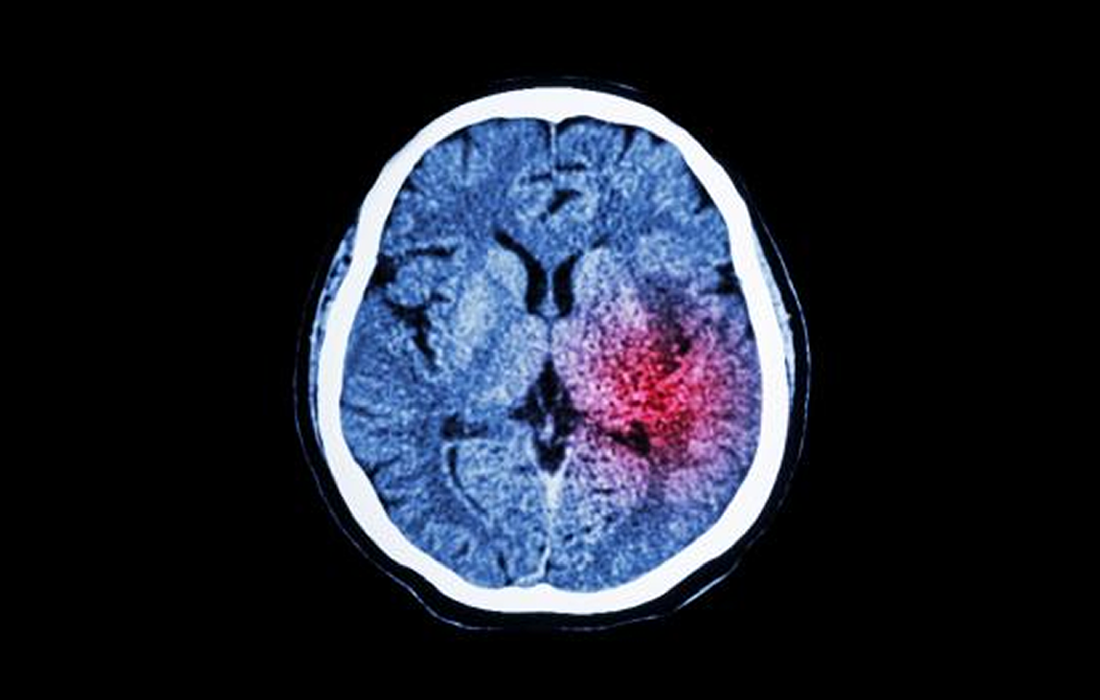Stem Cell Therapy for Specific Conditions
Stroke Patients Able to Walk Again After Stem Cell Transplant
A study performed by Stanford University School of Medicine in Palo Alto, California with the lead author Dr. Gary Steinberg that included a small number of stroke participants had promising results that have been met with positivity because this could be a life-changing treatment for a lot of stroke patients. The results were published in the journal Stroke.
What is a Stroke?
An ischemic stroke occurs when a vessel supplying blood to the brain is obstructed. It accounts for about 87 % of all strokes. Brain cells begin to die in minutes. Early treatment can reduce brain damage and complications. It is the second highest cause of death globally and a leading cause of disability, with an increasing incidence in developing countries. Only in the US every year, more than 800,000 people have a new or recurrent stroke.
A hemorrhagic stroke happens when an artery in the brain leaks blood or ruptures (breaks open). The leaked blood puts too much pressure on brain cells, which damages them. It accounts for only about 13% of the cases.
The way a stroke affects a person is dependent on the side of the brain that has the injury and the amount of damage it causes. Some people may experience temporary arm or leg weakness and others may lose the ability to walk or speak.
According to the National Stroke Association, around 2 in every 3 stroke survivors will have some form of disability, and stroke is the leading cause of disability among American adults. If there is no treatment in the first hours after a stroke, the chance of complications is pretty high and the chance of a full recovery becomes small.
Study Results
The study included 18 individuals, with an average age of 61 who had a stroke 6 months to 3 years prior to the treatment. They had motor function disability as a result of the stroke. For example some were unable to move an upper extremity and others were unable to walk. Each patient had stem cell transplantation directly into the brain with SB623 cells. There are Mesenchymal Stem cells derived from Bone marrow of 2 donors and modified to boost brain function.
After a few months the patients started showing signs of recovery. One of the participants that was unable to move her legs, after the treatment was able to walk again.
On the motor function component of the Fugl-Meyer assessment – a stroke-specific impairment test – patients experienced an overall 11.4-point improvement, and the improvements have been sustained for at least 1 year and more than 2 years in some patients.
The researchers were surprised that after being injected into the brain, the SB623 cells only live for around a month, but the improvements continued for several months. They believe that the cells continue working by boosting reactivation and regeneration of nerve tissue, thus improving motor function.
A key benefit according to the researchers is that the patients didn’t receive immunosuppressant drugs and no rejection happened after the therapy.
These types of studies show us the incredible potential that the use of Mesenchymal stem cells have and that they could help not only stroke patients, but also have the potential to treat different types of brain injury and even neurodegenerative disorders.
Researchers from this study are in the process of recruiting more individuals for a randomized, double-blind, multicenter phase IIb trial that will further assess the safety and efficacy of this procedure.
Sources:
Honor Whiteman. (2016, Jun 6). Stroke patients able to walk again after stem cell transplant. Medical News Today. Retrieved from:
https://www.medicalnewstoday.com/articles/310769
https://www.cdc.gov/stroke/index.htm
Images from:
Researchers found that injecting SB623 stem cells into stroke-damaged brain areas restored motor function for patients. Retrieved from: https://www.medicalnewstoday.com/articles/310769
https://www.mayoclinic.org/ischemic-stroke/img-20009031

